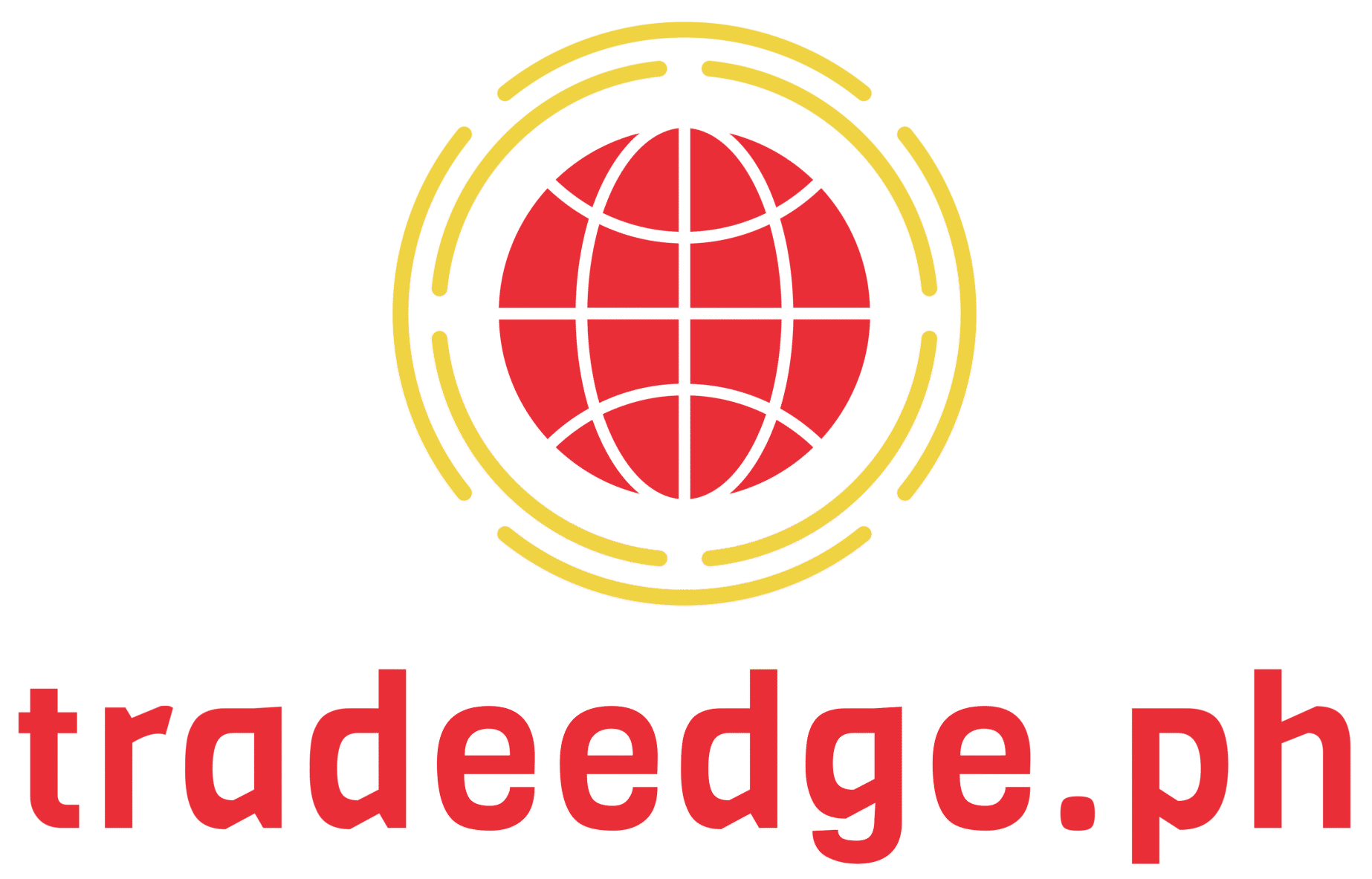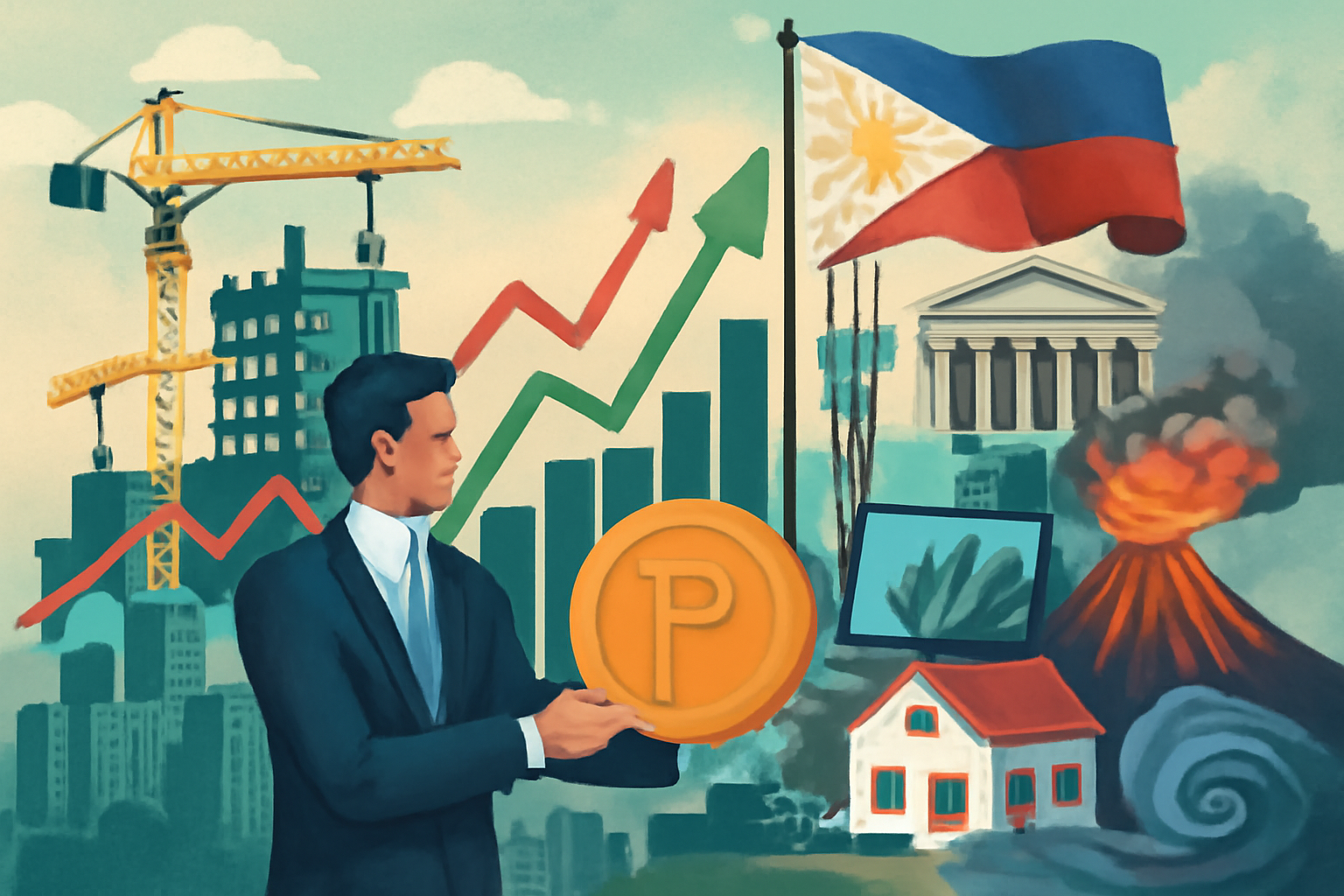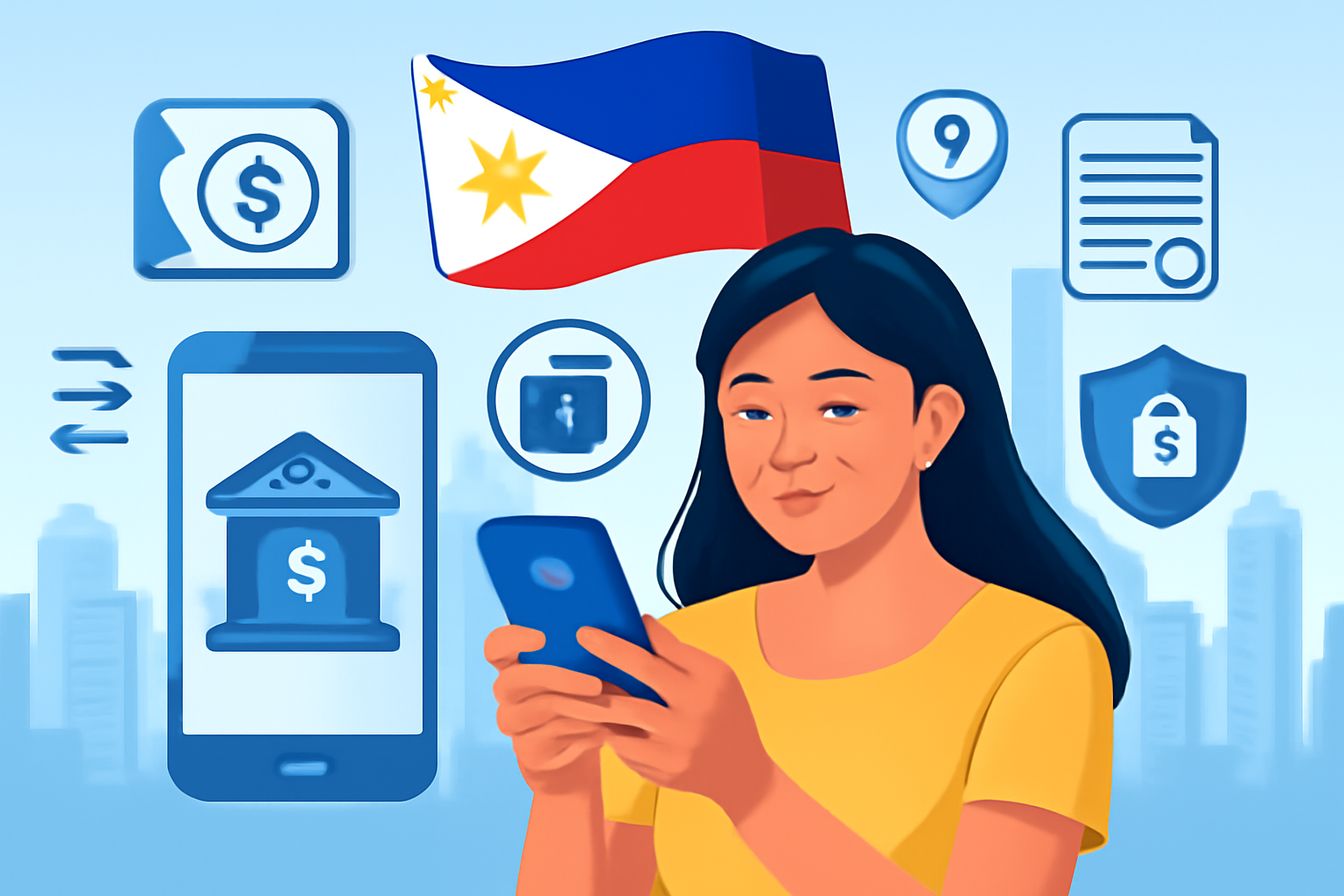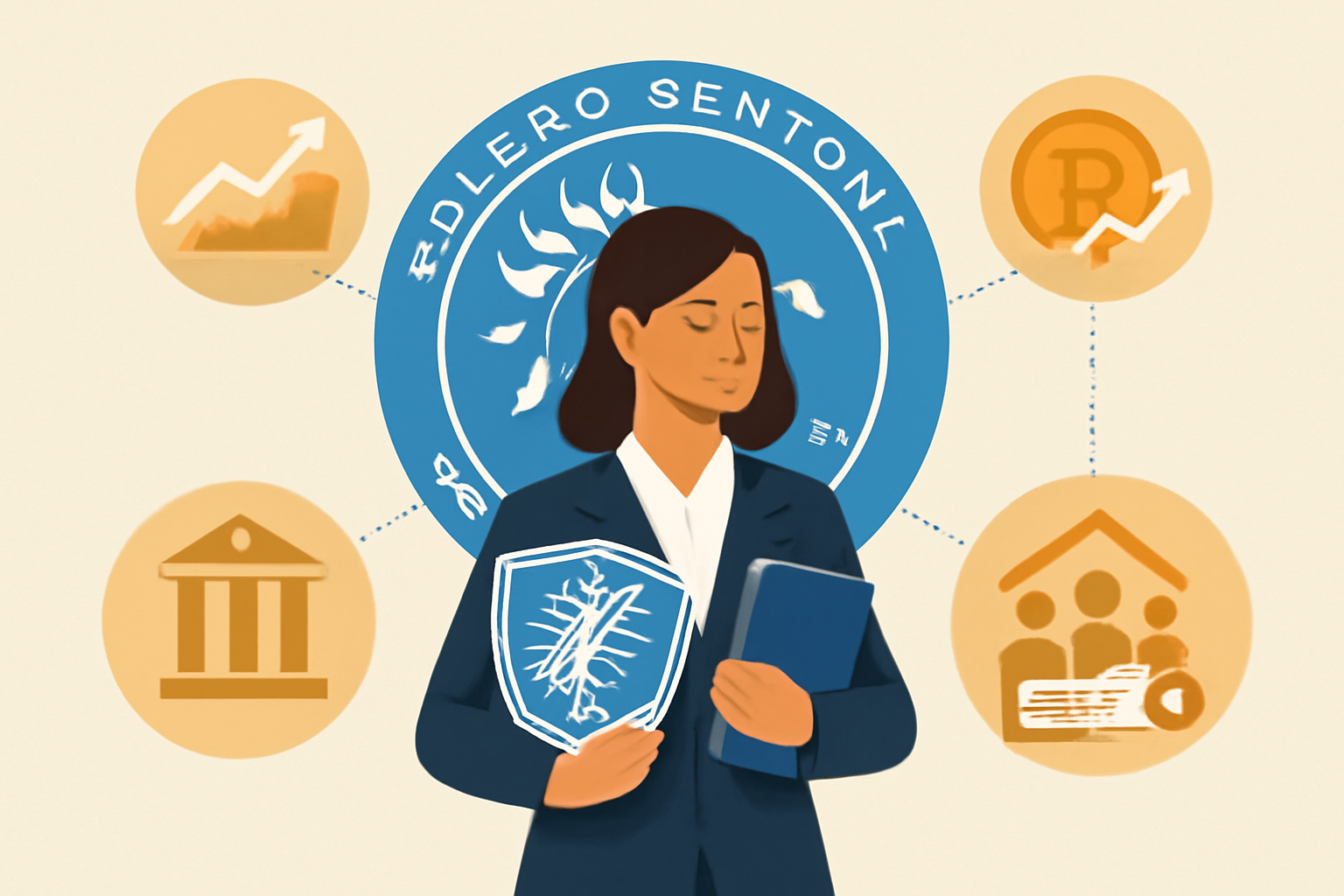The Philippine financial ecosystem has experienced a monumental shift with the rise of fintech (financial technology) companies. As of recent years, the country has seen a surge in the use of digital payment systems, mobile wallets, online lending platforms, and other fintech innovations, creating new opportunities for economic growth and financial inclusion.
One of the most notable changes driven by fintech is the increased accessibility of financial services, particularly for the unbanked population. The Philippines has one of the highest unbanked rates in Southeast Asia, with a large portion of its population lacking access to traditional banking services. This unbanked segment has historically been excluded from the formal financial system, limiting their ability to save, invest, or access credit.
Fintech companies have been at the forefront of addressing this gap. Mobile wallets, such as GCash and PayMaya, have been game-changers, enabling Filipinos to send money, pay bills, buy groceries, and even invest—all from their smartphones. These platforms offer an array of services designed to cater to the unique needs of Filipinos, particularly those living in rural areas where access to physical banks is limited.
Furthermore, digital lending platforms like Tala and Cashalo are making it easier for Filipinos to access credit without the need for traditional bank accounts or collateral. By using alternative data sources and advanced algorithms to assess creditworthiness, these platforms are opening up lending opportunities to millions of Filipinos who would otherwise be excluded from formal financial services.
One of the critical benefits of fintech is its ability to drive economic inclusivity. With digital wallets and mobile payment solutions, even small vendors and micro-enterprises can now engage in the formal economy, helping them grow their businesses and increase their financial stability. According to a report from the Asian Development Bank (ADB), expanding access to financial services in the Philippines could potentially add $9 billion to the country’s GDP annually.
In addition, fintech is helping streamline remittances, a critical part of the Philippine economy. The Philippines is one of the world’s largest recipients of remittances, with millions of overseas Filipino workers (OFWs) sending money back to their families. Digital platforms like Remitly, Xoom, and GCash have simplified the remittance process, reducing costs and making it faster and more convenient for recipients in the Philippines to access funds.
The Bangko Sentral ng Pilipinas (BSP) has been instrumental in creating an environment that fosters the growth of fintech. In 2020, the BSP announced its Digital Payment Transformation Roadmap, which aims to shift 50% of total financial transactions to digital platforms by 2023. This initiative underscores the government’s commitment to promoting digital payments and enhancing the financial inclusion agenda.
In conclusion, fintech is not just revolutionizing how Filipinos access financial services, but it is also contributing to the broader economic development of the country. By addressing financial exclusion, supporting micro-enterprises, and facilitating cross-border transactions, fintech is becoming a cornerstone of the Philippine economy.




